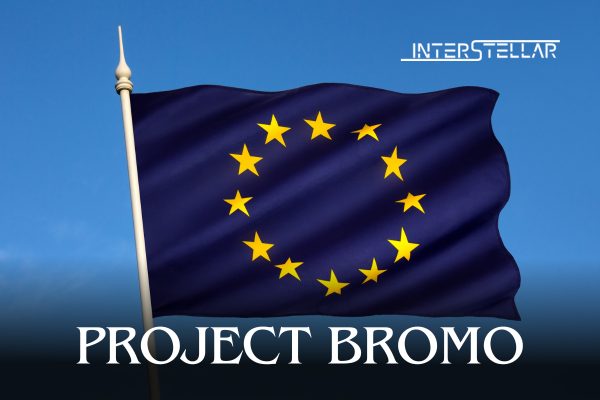Europe’s Satellite Giants Plan Joint Venture to Compete with Starlink
Airbus, Thales, and Leonardo Collaborate on “Project Bromo”
Airbus, Thales, and Leonardo are considering a joint space venture to rival Elon Musk’s Starlink. The initiative, named “Project Bromo” after an Indonesian volcano, envisions a European satellite leader inspired by the MBDA missile company model. MBDA is jointly owned by Airbus, Leonardo, and BAE Systems.
Insiders revealed that talks have advanced to the point of developing a structure for the new company. The preferred plan is to pool satellite assets into a standalone entity rather than transferring ownership between partners. Although Airbus and Thales have not commented, Leonardo CEO Roberto Cingolani confirmed the model would likely follow MBDA’s governance approach.
The discussions aim to address losses in Europe’s satellite sector, which has been struggling against Starlink’s rapid expansion in low Earth orbit (LEO). Historically, European satellite makers have focused on larger spacecraft for geostationary orbit.
Restructuring Amid Job Cuts in the Space Industry
While discussions on “Project Bromo” continue, Europe’s space sector faces significant job cuts. Airbus has announced plans to reduce its Defence and Space division workforce by up to 2,500 jobs by mid-2026. Most of these cuts will impact its €2 billion space systems business, which recently incurred €1.5 billion in charges.
Thales, in partnership with Leonardo on other satellite ventures, plans to cut 1,300 positions in its space division. The cuts have raised concerns in countries hosting Airbus facilities, such as France, Germany, the UK, and Spain. Airbus plans to manage layoffs primarily through voluntary measures to minimise political tension among its founding nations.
The Long Road Ahead for “Project Bromo”
“Project Bromo” highlights Europe’s intention to reclaim competitiveness in the satellite industry. This initiative follows years of stalled discussions to restructure the space sector. Despite a promising model based on MBDA, governance and technical challenges remain hurdles.
The space industry represents a significant part of the economy, with satellites projected to account for 75% of the sector’s value. However, Europe’s satellite makers must adapt to the growing demand for cost-effective LEO satellites.
More than two decades after MBDA’s creation, “Project Bromo” signals renewed efforts to overcome obstacles and foster collaboration in Europe’s satellite industry.


